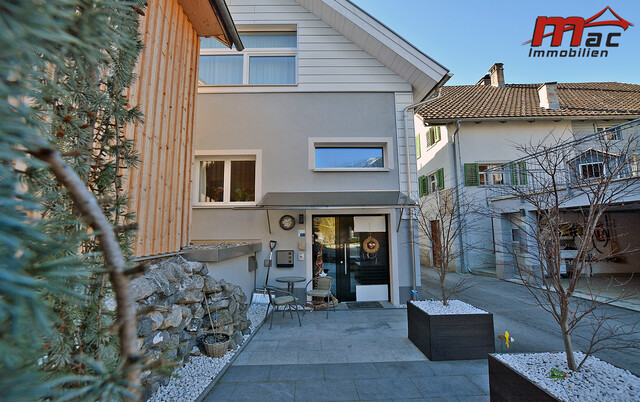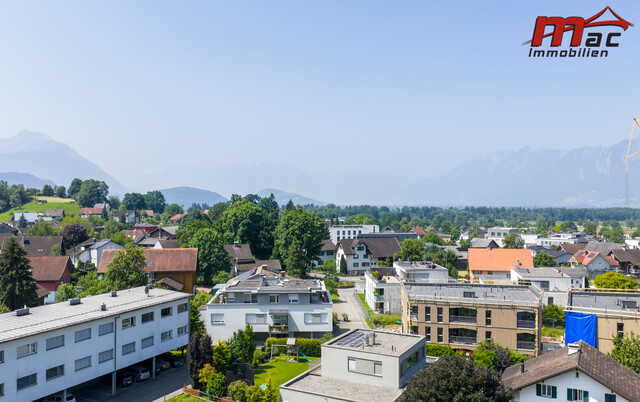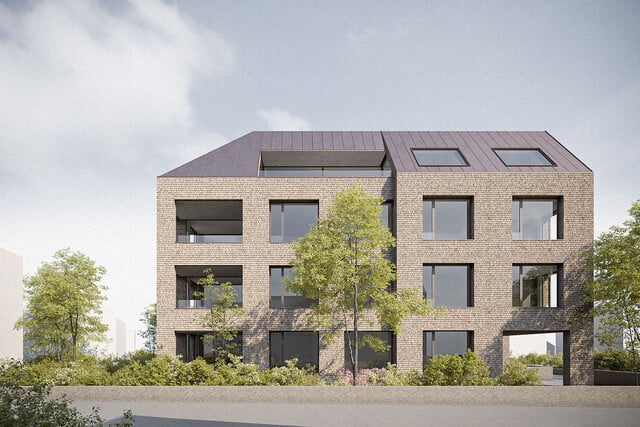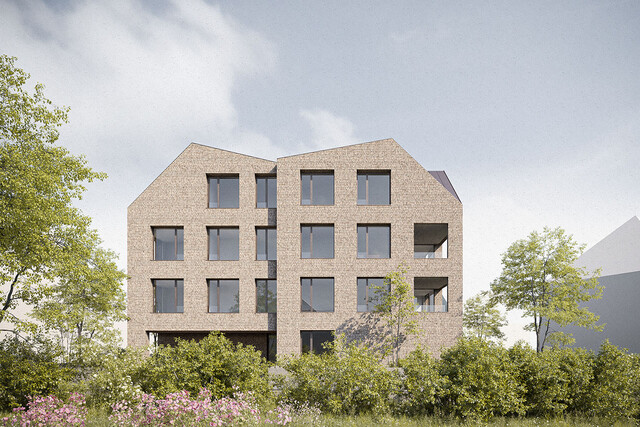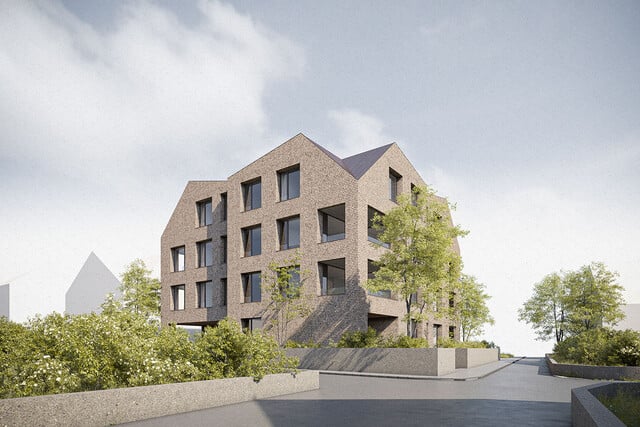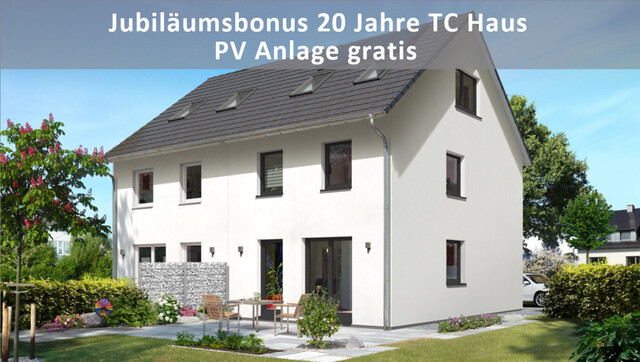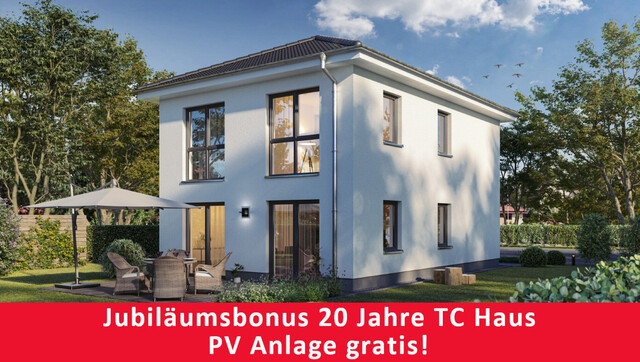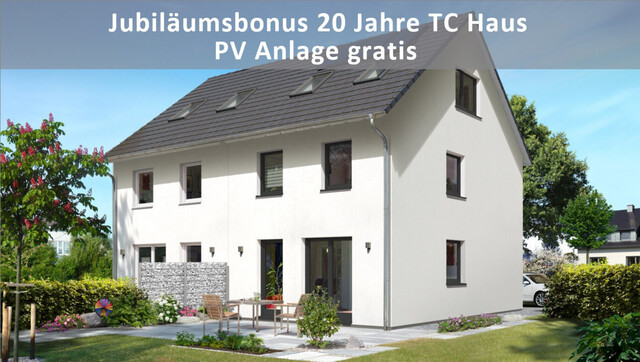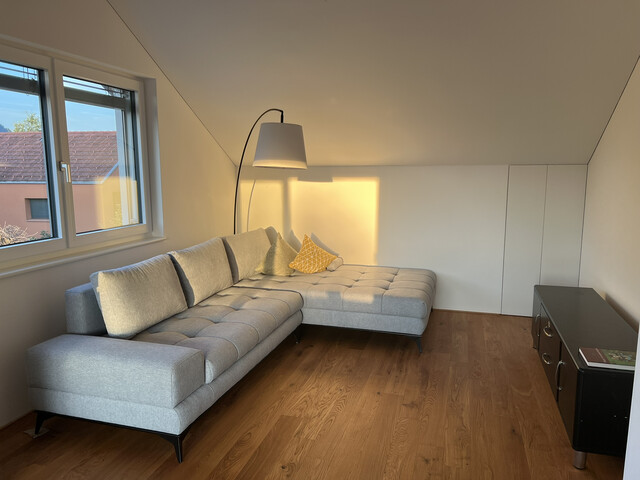Focus on Digitalization at Day of the Monument 2025

Numerous listed monuments in Austria will open their doors on September 28 for the Day of Monuments, making accessible what often remains hidden. The program ranges from virtual reality glasses to traditional craft techniques and aims to bring the monument experience into the present. The goal of this initiative by the Council of Europe is to showcase the diversity of architectural heritage, this year with the theme "windows to the past, doors to the future".
The Austrian Federal Monuments Office is focusing on comprehensive digitization for the 30th Day of Monuments, in line with its role as a mediator between the past and the future. The aim is to make "the past as a potential for creativity for the future" tangible, said Christoph Bazil, President of the Federal Monuments Office, on Thursday at a press conference at the Hoxton Hotel in Vienna, which can also be visited on the Day of Monuments. Bazil emphasized that monument preservation is "not an exclusive cultural experience": "Digital monument preservation does not mean replacing the authentic with digital replicas, but rather facilitating access. Interest sparked virtually can lead to interest in the real object." Digitization not only enables access to sensitive objects but also provides insights into past layers of time that have already been irreversibly overlaid.
Around 40,000 Times Monument Protection
In Austria, around 40,000 buildings are under monument protection, with the term encompassing both individual statues and, for example, the entire Hofburg complex. The knowledge base and archive of the Federal Monuments Office include 60,000 plans and 1 million image carriers, which are now to be made accessible to all interested parties via the Heritage Information System (HERIS) in the spirit of open data.
Essential is also the communication of monument values close to contemporary history, which have not yet been generally understood. This also includes enabling repurposing that gently transitions the existing into a new era. "Monument protection is not a glass dome; we want great, new projects," summarized Wolfgang H. Salcher, State Conservator for Vienna. In close collaboration with architectural firms and owners, detailed monument preservation frameworks are created, defining the qualities and priorities worth preserving within an object. The overlapping of time layers is consciously promoted, creating space for new without losing the old.
Approach Already Implemented
This approach was implemented, among others, at the Hoxton Hotel in collaboration with the Vienna architectural firm BWM. According to architect Erich Bernard, the restoration of the immaterial identity of the place was a particular concern during the renovation. The building was constructed in the 1950s by architect Carl Appel as a "commercial building" for the Chamber of Commerce. The spirit of the place is intended to live on even after the renovation.
(APA/Red)
This article has been automatically translated, read the original article here.
Du hast einen Hinweis für uns? Oder einen Insider-Tipp, was bei dir in der Gegend gerade passiert? Dann melde dich bei uns, damit wir darüber berichten können.
Wir gehen allen Hinweisen nach, die wir erhalten. Und damit wir schon einen Vorgeschmack und einen guten Überblick bekommen, freuen wir uns über Fotos, Videos oder Texte. Einfach das Formular unten ausfüllen und schon landet dein Tipp bei uns in der Redaktion.
Alternativ kannst du uns direkt über WhatsApp kontaktieren: Zum WhatsApp Chat
Herzlichen Dank für deine Zusendung.
